Year: 1971
Duration: 01:37:14
Directed by: Ted Kotcheff
Actors: Donald Pleasence, Gary Bond, Chips Rafferty, Sylvia Kay, Jack Thompson and Peter Whittle
Language: English
Country: Australia | USA
Also known as: Outback, Outback – Le réveil dans la terreur, Pelos Caminhos do Inferno, Réveil dans la terreur, Vaarallinen loma
Description: John Grant is a teacher who has been eagerly anticipating his vacation, which includes a trip to Sydney. His journey leads him through the small town of Bundanyabba, where a supposed overnight stop spirals into an extended dive into local madness, replete with excessive drinking, involvement in a robbery, and participation in kangaroo hunting. Critically assessing, it’s quite surprising that Canadian director Ted Kotcheff, known for a diverse range of genre work, is behind this profound existential narrative. Some might point to his renowned directorial works like “First Blood” (1982) and the more light-hearted “Weekend at Bernie’s” (1989).
However, these films are starkly different from the challenging and unique Australian film “Wake in Fright” (1971), which Kotcheff created with bold and adventurous intent. Kotcheff’s work in the ’70s, including “Wake in Fright,” is notably unrestrained compared to the films of the ’80s and ’90s. The film is notable for its liberated style, characterized by dynamic editing, an active camera, and unreserved depictions of sexuality, violence, and raw reality. Importantly, these elements are so adeptly integrated into the narrative that Kotcheff avoids descending into mere sensationalism or exploitation filmmaking. One of the most pivotal and memorable scenes in the film is the kangaroo hunting episode.
Kotcheff’s film draws some parallels with Sam Peckinpah’s “Straw Dogs” (1971), another film that features a hunting scene. While the hunting in “Straw Dogs” carries significant symbolic weight and serves to explore psychological depth and character, the hunting in “Wake in Fright” serves as a stark visualization of human depravity. Still, Kotcheff’s film stands distinct from “Straw Dogs,” as well as Carlos Saura’s “The Hunt” (1966), and even John Boorman’s “Deliverance” (1972), which was released a year later and cast a nearly surreal pall of terror over audiences. The portrayal of violence in “Wake in Fright” is presented differently and has its own texture and implications within the film’s context.
Screenshots:
Download:
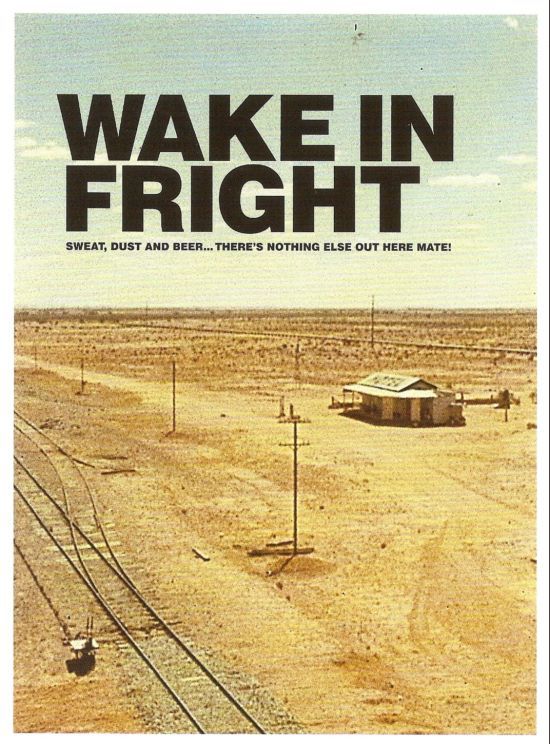
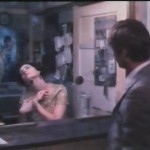
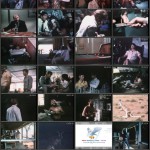
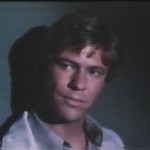
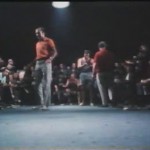
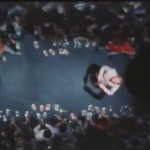
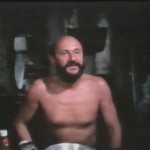
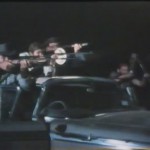
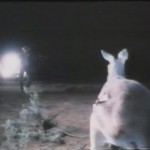
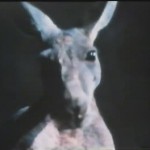
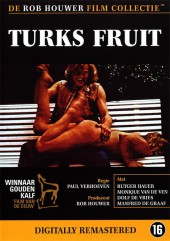
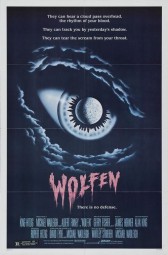
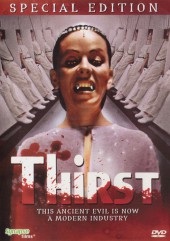
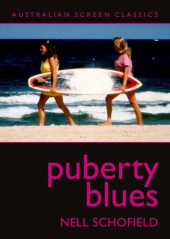
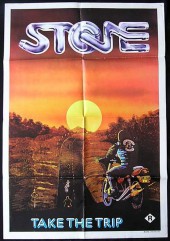
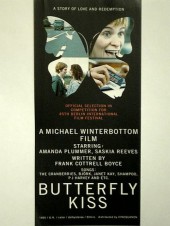
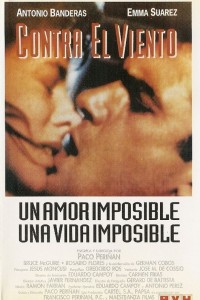
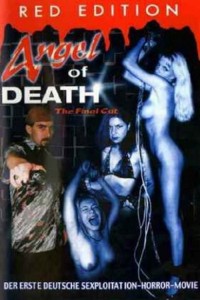
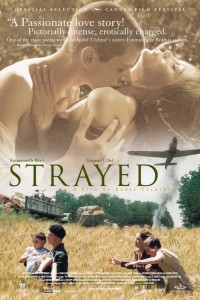
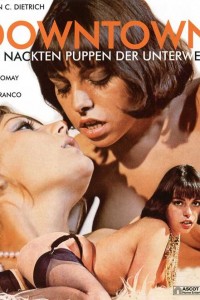
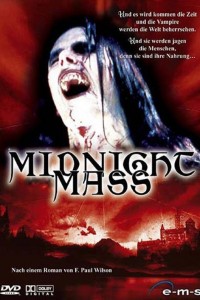
on
love this one . more ozploition films if you will .
on
as this this film has sparked a new 2 part series i had to check out it’s predecessor.
thank you abundantly for the link.